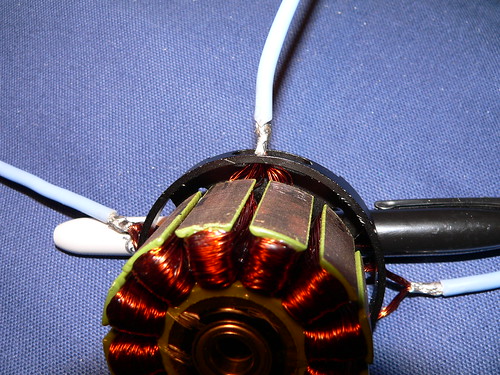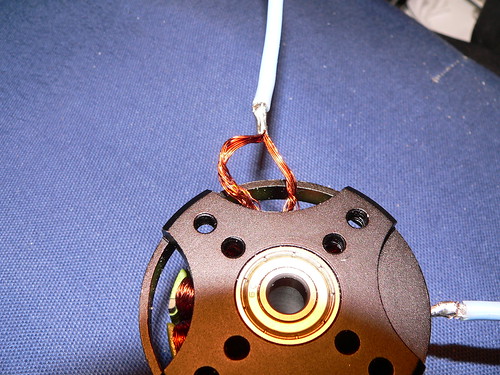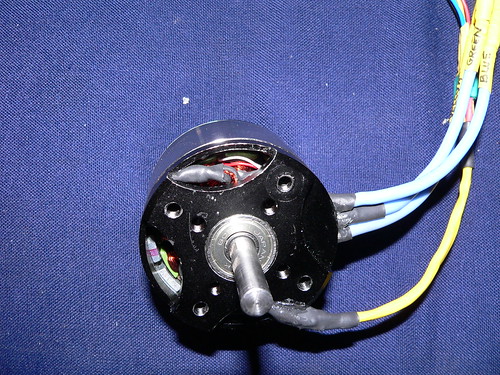methods
1 GW
5 more days and we will all be in business.
I am selling the controllers I have now for cheap
Many people value the soft start program... and for $57 shipped, who can complain?
Geoff has made his offer in the other forum as well.
I have committed to buying a minimum of 10 of the new 18 fet controllers
I will be selling these at or below cost to anyone who wants one.
I have heard details of these new controllers and I think everyone will be pleased
Several bugs are corrected, the chip is better, the shunt is better....
This time next week we are all going to be ridding our bikes at 60MPH
Cheer up bums!
All of you hard core geeksters know that any project that is easy is not worth doing.
It is the trials and tribulations you go through on the way that make the success so much more fun.
-methods
I am selling the controllers I have now for cheap
Many people value the soft start program... and for $57 shipped, who can complain?
Geoff has made his offer in the other forum as well.
I have committed to buying a minimum of 10 of the new 18 fet controllers
I will be selling these at or below cost to anyone who wants one.
I have heard details of these new controllers and I think everyone will be pleased
Several bugs are corrected, the chip is better, the shunt is better....
This time next week we are all going to be ridding our bikes at 60MPH
Cheer up bums!
All of you hard core geeksters know that any project that is easy is not worth doing.
It is the trials and tribulations you go through on the way that make the success so much more fun.
-methods





